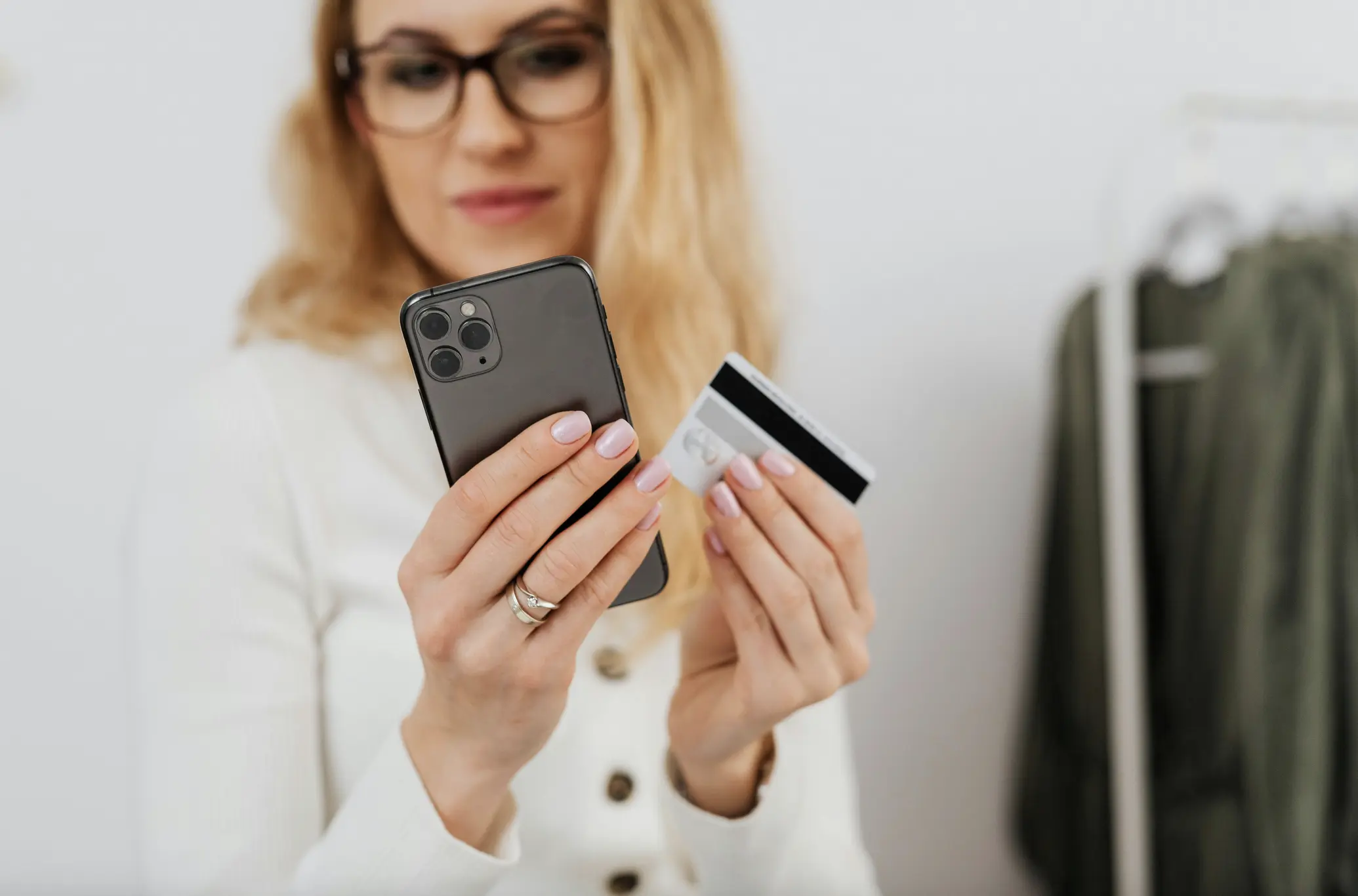Ocular wellness services are in high demand, with over 2 billion people living with vision impairment worldwide.
In the US, the rate of Americans with some degree of eye problems is set to increase by 150% by 2050. Unfortunately, eye care interventions are not as accessible as what is currently necessary. For starters, Vision Monday revealed that up to 43% of respondents said that eye care was the health concern that they delayed the most due to rising costs. On top of this, there is a nationwide optician shortage, which means there are not nearly enough doctors to treat the entire market. Within the next decade, this is expected to cause a workforce inadequacy of up to 36%.
With the current issues, the broader eye care industry has turned to mobile apps to connect patients and consumers with the required services. As mentioned in our previous post, health apps have transformed everyday smart devices into convenient platforms that can offer a variety of timely interventions. These include health status monitoring, goal setting, and more. In light of the specific nuances that ocular wellness patients face, here are some of the notable eye care apps that are available on the market today.
Ocular measurement tools
Considering that over 166 million Americans wear eyeglasses for vision correction and another 45 million use contact lenses for the same purpose, getting the right ocular measurements is essential. These can normally be determined via in-person eye exams, although those aren’t always the most accessible for every consumer. This is where ocular measurement tools such as Costa’s pupillary distance (PD) app come in. It’s called the Opthy app and uses a special software that measures the distance in millimeters (mm) between the center of one pupil and the same spot in the other. While they can also be determined manually, the app vastly minimizes the margin of error. With the right PD, patients can order and receive eyewear that has a more personalized fit, which influences visual comfort and clarity. This is especially valuable to those with higher prescriptions, as getting the right PD can protect users from problems like eye strain and poor sight.

Prescription renewal solutions
As stated above, a barrier that holds many Americans back from pursuing eye care is the pressure it puts on their finite resources. Outside of money, this includes time and energy that not everyone can allocate just for their eyes. One way that such hurdles are being overcome through eye care apps is remote prescription renewals. Retailer Warby Parker does this through their dedicated virtual vision test. Designed to be completed in as little as five minutes, the app can check if a user’s current prescription eyewear is still accurate via a series of eye charts. The results of this are then sent to a doctor who will state if the same prescription still stands or if it needs updating. Should the prescription still be good, consumers can then choose to remotely renew them for a fresh pair of glasses or contacts. Although this does have a fee, it’s significantly lower than what one may need to shell out when renewing their prescriptions the old-fashioned route since patients may not need to pay for transportation or comprehensive exam costs.
Digital frame advisors
Of course, eye care provider apps aren’t all just focused directly on more medical facets. A number are also focused on making the retail aspect of it easier and more enjoyable. After all, if a patient feels unhappy with the eyewear they’re using, they’re less likely to stick to their prescribed treatment plan. So as to ensure that consumers are able to purchase products that they feel good in, brands have rolled out apps that focus on finetuning the eyewear selection process. For instance, LensCrafters has its own frame advisor tool, wherein shoppers can scan their faces and receive detailed color analysis and face shape recognition. From here, they’ll receive tailored eye model suggestions that they can then virtually try on. This not only ensures that consumers are more confident, but they’re also less likely to return it.